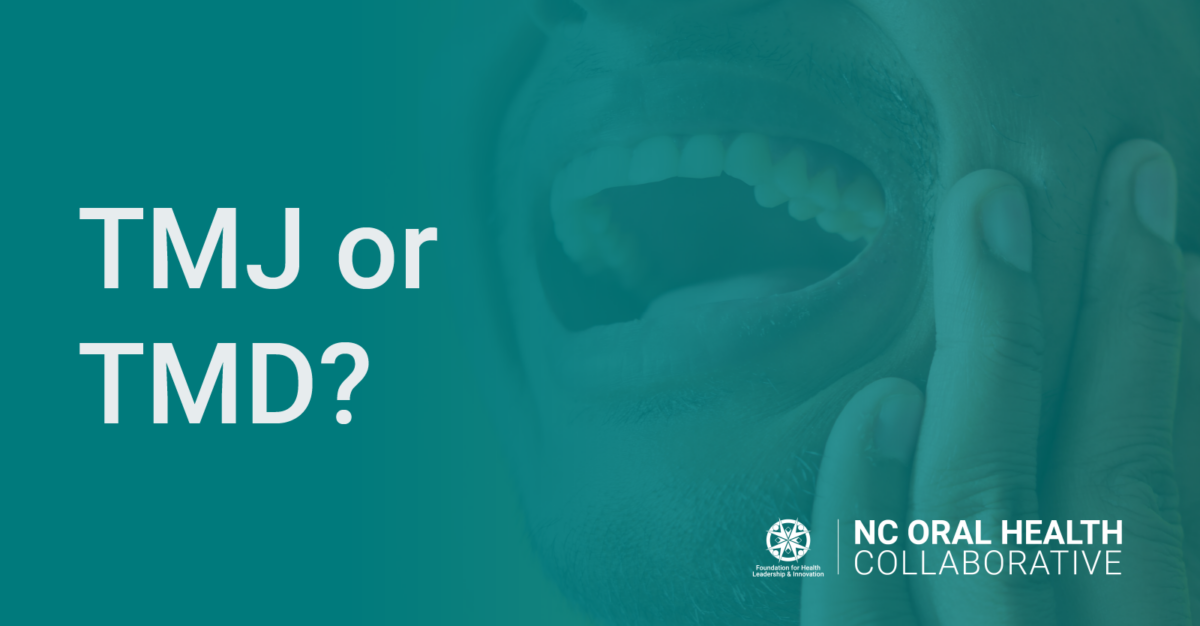If you’ve ever experienced pain or discomfort in your jaw, you might have heard someone casually refer to it as “TMJ.” But what does that really mean? And is it accurate? It’s common for people to mix up TMJ, which refers to the temporomandibular joint itself, with TMD, which stands for temporomandibular joint disorders.
Understanding the difference is crucial because while everyone has a TMJ, not everyone experiences the pain and complications that come with TMD. Let’s dive into what these terms mean, how to recognize a TMD, and what you can do if you’re suffering from jaw pain.
TMJ vs TMD
TMJ stands for temporomandibular joint, which is a joint in our mouths. There is one TMJ on both sides of your mouth, and it connects the jawbone to the skull. TMJ Disorders (TMD), on the other hand, may cause pain in your jaw or mouth.
How Do You Know if You Have a TMD?
Signs of TMJ Disorders (TMD) may vary from person to person. The Mayo Clinic provides the following list of symptoms for TMJ Disorders:
- Pain or tenderness in the jaw
- Pain in the TMJ joint
- Pain in the ear area
- Pain while chewing
- Pain or ache in the face
- Locking of the jaw
- A clicking sound in the jaw accompanied by pain
There are many causes of TMJ Disorders, including injuries, teeth grinding, arthritis, or general wear on the joint, and every case is unique.
Diagnosing & Treating TMD
If you have any signs of TMD, you should see your dentist. They can evaluate your jaw and determine the best course of action. During your appointment, they will examine your jaw, feel for pain, and check the alignment of your jaw bones. If necessary, they may order an X-ray, MRI, or scan to examine your jaw more closely.
According to The Cleveland Clinic, there are many treatments for TMD, and your dentist will determine which is best for you. These include cold/heat therapy, bite guards/night splints, medications, and/or dental treatments. If needed, the dentist may recommend other treatments for more severe cases of TMD, such as injections, ultrasound or radio wave therapy, or surgery.
How Long Does TMD Pain Last?
According to the experts at the Mayo Clinic, most TMD pain is temporary. It can range from mildly annoying to severely painful, but the good news is that it’s often treatable, especially when caught early.
While it’s easy to confuse TMJ with TMD, understanding the distinction can help you better identify and describe the pain or discomfort you might be experiencing in your jaw. If you have jaw pain, clicking, or locking symptoms, contact your dentist or doctor for an evaluation. They can suggest at-home care or recommend more advanced treatments to get you feeling better!
NCOHC, a Foundation for Health Leadership & Innovation program, works to advance systems-level changes, improving the overall health and well-being of all North Carolinians by increasing access and equity in care. Sign up for our monthly newsletter to join the network and get involved!


